Today I want to share with you how to reintroduce foods after elimination diet.
This is definitely one of the top questions I get because it’s difficult (and stressful) to navigate.
While you will find many different methods for how to reintroduce foods after elimination diet, I don’t think there is a method.
In other words, similar to how the elimination diet itself was customized for you so is the way you reintroduce foods after the elimination period is over.
Subscribe Today:
Apple Podcasts | Spotify | iHeart Radio | RSS
Show Notes
Resources
Podcast listeners save 20% off anything from agutsygirl.com with code PODCAST at checkout. You’ll also save 15% off anything from guthealingsupplements.com with code AGUTSYGIRL at checkout.
- Full post to accompany this episode
- Healing Blooms from Within: 90-day gut healing journey journal
- The Elimination Diet: how to
- Email: podcast@agutsygirl.com
- What are Digestive Enzymes?
- Highly-inflammatory foods
- How Mindset Changes Gut Healing
- FoodMarble AIRE 2 Device (code ‘GUTSYG’ at checkout to save 15%)
- Viome Gut Microbiome testing kit (code ‘AGUTSYGIRL’ at checkout to save $110 off your own testing kit)
- A Gutsy Girl’s Bible
Don’t Miss These Thoughts
- What is an elimination diet?
- Food journaling symbols (‘N’ vs ‘R’)
- 7 tips for successfully reintroducing foods after an elimination diet
- 2 tools that can help accompany you while on a food elimination diet and/or reintroduction phase
What is an Elimination Diet?
First, in case you are new ’round here, let’s briefly chat the elimination diet.
The ultimate goal of the elimination diet is to figure out different foods and/or food groups your body is reacting to and/or not responding well to.
Problem foods could present the following problems:
- eczema
- general rashes and acne
- bloating, constipation, diarrhea, abdominal pain and other gut health centric problems
- diarrhea
- joint pain
Really, anytime your body is presenting signals that something is not right, the chances that it’s food related are fairly high.
An elimination diet involves removing any specific food, and then later reintroducing them, one at a time.
As the reintroduction phase begins, you’ll watch for symptoms to pop back up, indicating a problem with that particular food.
The process takes a slow-and-go approach.
There is a huge post I’ve written all about what an elimination diet is, how to do it, recipes, my own experience, and more HERE.
Slow-and-Stop
If an elimination diet takes a slow-and-go approach, then the food reintroduction process is in the same fashion.
Let me share with you my tips and tricks for reintroducing (once) eliminated foods.
How to Reintroduce Foods After Elimination Diet
Click HERE to save this post for later.
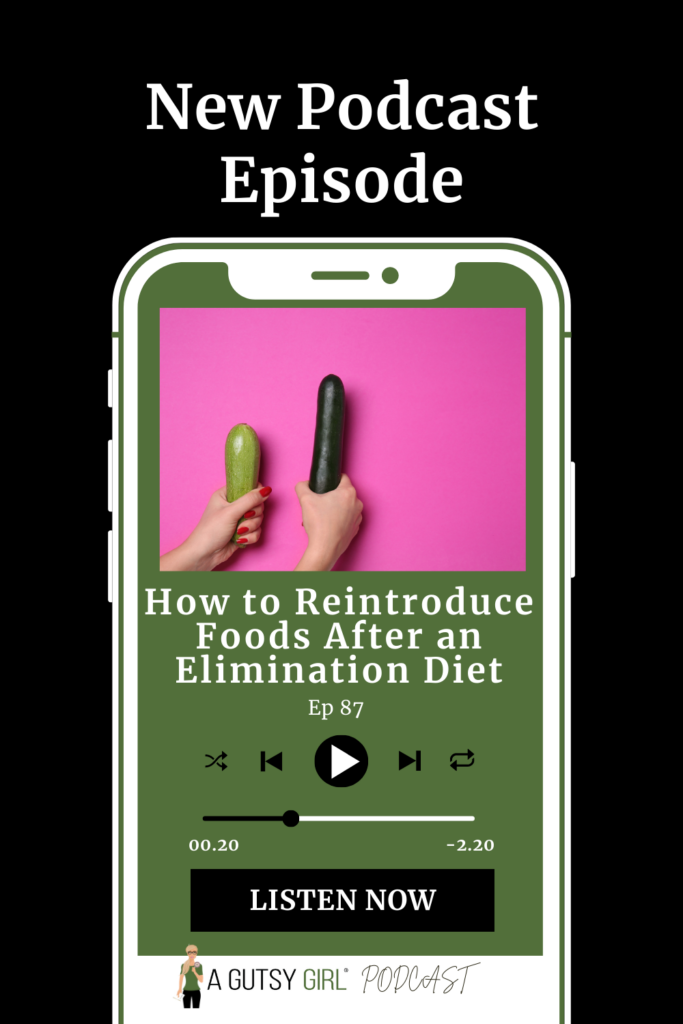
Food Journal
First, I never did this without the use of a gut healing journal.
If you have true food allergies, you might be able to get by without the journal, but not if it’s an intolerance.
In fact, this is exactly how I created the most effective way to journal for gut healing — because I did it for YEARS before coming out with this insanely helpful 90-day gut healing journal.
Anyways, the reason for keeping a food journal during an elimination diet plan period is that a food intolerance can take up to 72 hours for your body to react.
Without writing, recording, and paying attention, you’ll likely never fully understand your culprits.
In fact, I believe so much in this part (the reintroduction) that my gut healing journaling system includes two symbols for recording.
When you get your food journaling system for gut healing, you’ll notice these two symbols in the Journal Key under category “General”: R + N.
Reintroduction vs. New Thing Added
- R: reintroduction
- N: new thing added; new food added
So what’s the difference and how do you use them?
This has everything to do with your elimination diet.
R: Reintroduction
You would use the R to indicate reintroduction of a food. For example, let’s say that part of your elimination diet was avoiding high FODMAP foods and following a low FODMAP diet. (Well, the first thing you should do is understand what actually constitutes high-FODMAP. For that, grab Reasonable SIBO to get started.)
And let’s say in this example that our “challenge food” is asparagus.
Well, at just 1 spear, asparagus is moderate-FODMAP; at 5 spears, it’s high-FODMAP.
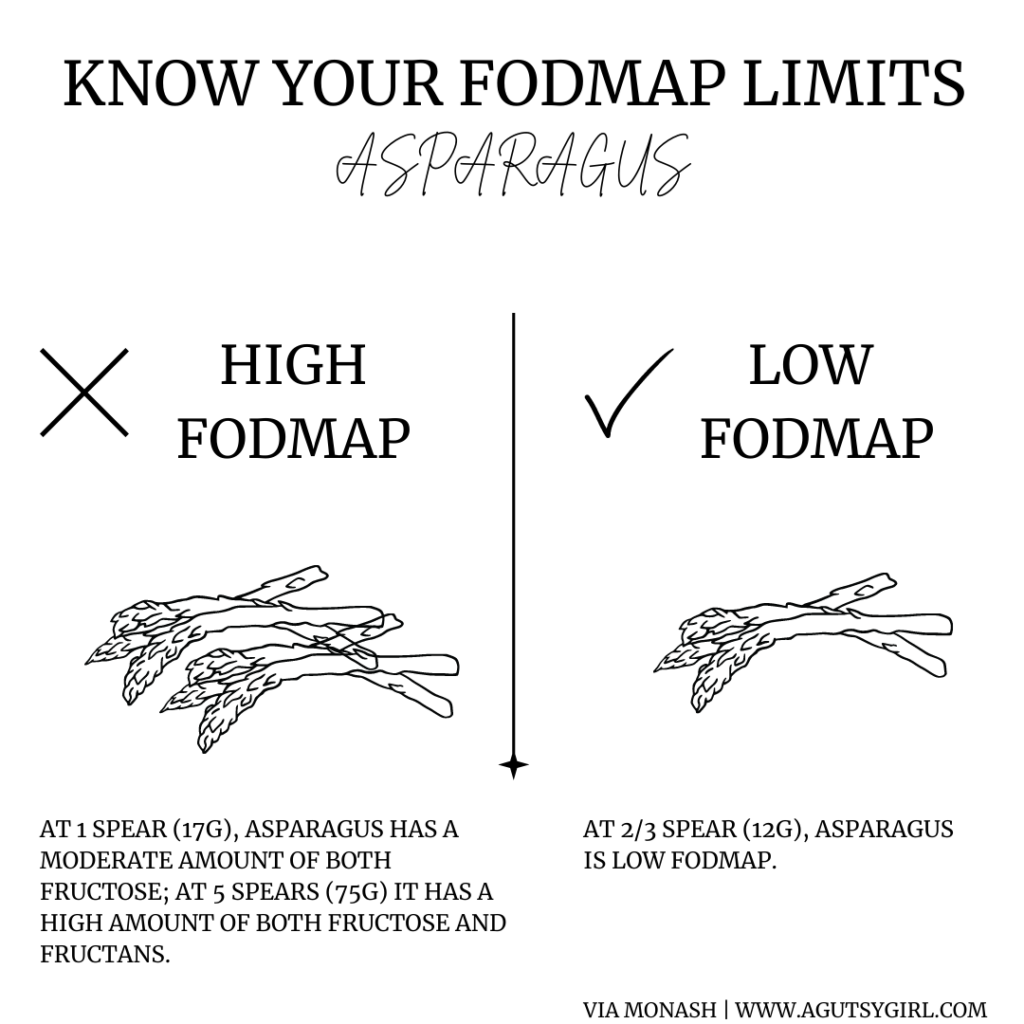
But you’re now ready to try a high-FODMAP food.
For the food reaction test, you’ve chosen asparagus because obviously it’s your favorite!
This might sound lame, but the way I would do it is by eating just 1 spear. The reason is because if you react to that portion size, it’s very telling. You are not ready for the asparagus yet, of course.
But more than that, you can now think about why:
- Was it the stress you were under while eating the asparagus? Remember: any source of stress is still stress. Lifestyle changes matter far more than you think.
- What else did you eat with it? Were there things that are potentially problematic foods for you?
- Asparagus is moderate-FODMAP at 1 spear (17g) due to fructose; maybe it’s just fructose?
- Do you still have a lot of work to do on sealing up the gut lining so 1 spear doesn’t cause you so much distress?
Oh, and by the way, all of those things will be easy to see because they will be in that same journal!
Anyways, in your journal on the “My Day” section, you’d write on the far left, “R,” then next to it, “1 spear of asparagus.”
This signifies that you have not had asparagus for a long time, but you’re now adding it back in because you desire for it to eventually be part of your everyday diet.
Quick side note on cooking asparagus. Want to know the easiest and most timely way for making asparagus? Boil a pot of water. Once it’s boiling, remove from heat, add the asparagus, and cover for 5 minutes. That’s it. The asparagus will be soft and ready to go. You’re welcome.
Okay, now on to the “N.”

N: New Thing Added
N is different than R, though at first glance they seem the exact same.
Let’s say you’ve never tried digestive enzymes. But then, your medical practitioner suggests you try enzymes to help break down food for easier digestion.
You’re ready to try a digestive enzyme with that meal from above. Adding in the enzyme is not a reintroduction of it; it’s brand new.
See the difference?
The entry for that meal, then, would look something like this:
- N + S (supplement): digestive enzyme
- R: 1 spear asparagus
- F: chicken breast + white rice + orange
So there you have the difference.
And by the way, don’t worry about all the symbols. Your journal has full explanation with a comprehensive journal key.
The journal key is perforated, too, so you can easily tear it out to keep right next to you as you write and record.
Now that we’re clear on that aspect, let’s continue on.
7 Tips for Successfully Reintroducing Foods After an Elimination Diet
Click HERE to save these 7 tips for later.
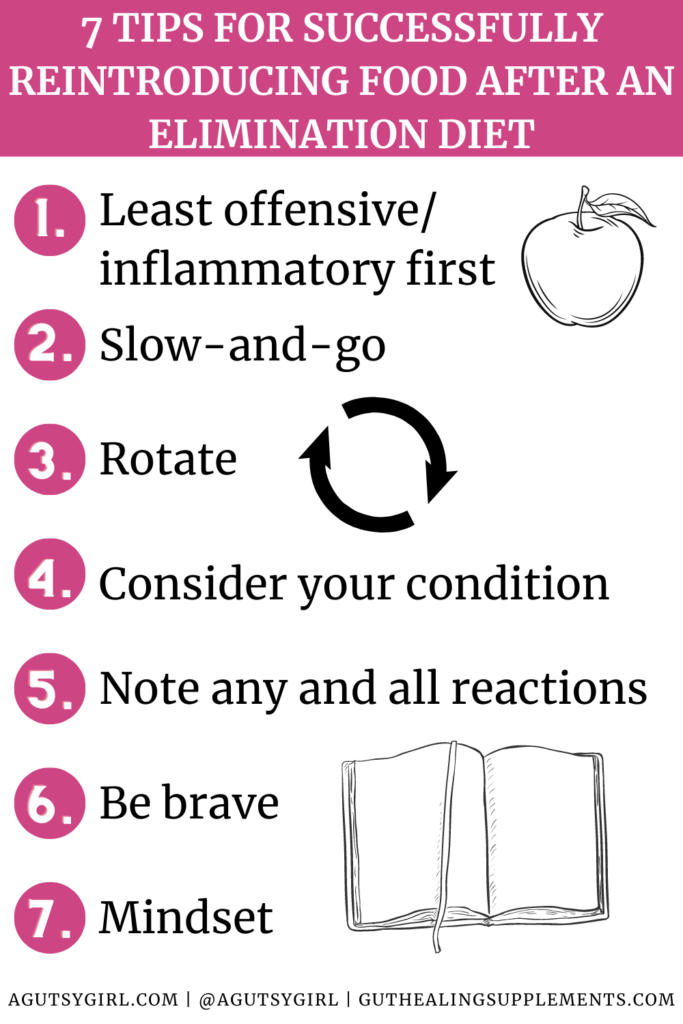
You will find many different ways and even specific steps and programs for how to reintroduce trigger foods back into your diet.
And while I want to give you that same, exact information, in good faith I simply can’t.
The reason is the same reason that laying out a specific gut healing plan that works across the board doesn’t work.
There is no one else on the entire planet who is like you, darling. There is no gold standard for how to heal. And there is no “right way” to conduct an elimination diet.
For better or worse, own that.
Therefore, I’m not okay with telling you, “reintroduce this, this, and this.” Only you can do that.
The good news is you can do it far easier with the following 7 tips.
Least offensive/inflammatory first
Let’s say you have avoided citrus and nightshades.
You have an autoimmune condition.
The choice is to add back an orange or red peppers.
Choose the orange.
For those with an autoimmune condition, nightshades can be very inflammatory.
In almost all cases, you’ll want to add the highest-inflammatory foods last.
Depending on your unique circumstances, though, “highest” inflammatory is subjective. There are a ton of suspect foods which are highly inflammatory.
Note: If you have an autoimmune disease and are following an elimination diet for overall health, you’ll find more on the elimination phase of the autoimmune protocol HERE.
Slow-and-go
Standard elimination diets say the best way to add foods back in is every 3 days, wait for the reaction, and adjust accordingly.
I agree with this, though it’s not easy.
The reason goes back to that 72 hours I shared earlier.
Back to the orange. You have the orange on day 1, then wait 3 more days without consuming an orange. Shift and move forward.
Yes, it’s slow, and honestly one of the biggest challenges I faced when I conducted my own.
Rotate
To go along with the slow-and-go, rotate how you’re adding those foods in every 72 hours.
So let’s say you successfully added in the orange.
You then add in a new citrus food item next time.
On day 3, then, perhaps you have a grapefruit.
This is so that you can test a variety of foods within the same category.
Remember, our end goal is always variety because it creates the optimal microbiome environment.
Note: By now, hopefully you’ve been able to add at least a couple new foods in successfully. There is a page in the journal for your personal “safe foods.” Be sure to add them to that page so that you can start creating delicious recipe concoctions from a number of foods.
Consider your condition
A great way to go about any type of elimination diet is to work with your unique condition(s) vs with a standard elimination and/or reintroduction protocol.
For example, if you have GERD + SIBO, adding mint back into your diet is not a good idea. Adding mint back in if you don’t have GERD (but have SIBO) could be an excellent idea.
You need to work with your condition(s) and only your condition(s); different approaches are a good thing — when you are able to customize for you!
Note any and all reactions
You cannot move forward until you understand the present.
How many times have you told yourself something like this, “I’m pretty sure I had cream cheese on a bagel last Friday and then experienced low energy levels and digestive problems a day later. But I can’t really remember.”
This cycle will only continue and your healing will take a really long time.
And this is reason 1,237 for why you must keep some sort of gut healing journal.
I’m not saying you have to have the Ahara Dinacharya gut healing journal in order to find success. But what I am saying is:
- You need something.
- My system is already done-for-you and will save you time, energy, and exhaustion.
You might not be ready to engage in something like this yet; it might not be the right time in your life to take the next step. This is a true commitment and hard work.
Be brave
Listen, I know exactly what you’ll lean towards doing; never adding in anything new because you’re afraid of what might happen.
But do not wait forever because you’re scared.
An elimination diet was never intended for the long term.
In fact, the longer you live on that short-list of foods, the longer it might take to heal forever (you’ll also likely be missing out on essential nutrients).
If your condition has you so afraid of food that you become frozen, please get some help from a professional.
Food fear is real, but I do not want you to ever be afraid of food……when it’s unwarranted.
Be brave.
Start somewhere.
Mindset
Get your mindset around reintroducing foods right. For context, read: How Mindset Changes Gut Healing.
This is very real.
I had a much easier time when I told myself, “You are healed. Your SIBO is gone. You can enjoy all types of food again.”
The struggle was very real, though, when I would say,
“What if this makes me feel awful? I shouldn’t add this food in because it’s bad for me.”
No, no, and no again.
Please tell yourself the right things.
Food Sensitivities Toolbox
Now, here are some ways you could choose to speed up the process.
While you can take an actual food sensitivity test, there are a couple other tools you might consider for help along the way.
Both of these I have used in conjunction with everything from above.
FoodMarble AIRE 2 Device
Using this device is simple and spits back immediate results.
It works as such:
- Log your meals in the FoodMarble app
- Take breath tests throughout the day
- Log how your symptoms vary
With this feedback, you can gauge your own fermentation levels and see how food plays a role (or not) in your symptoms.
Learn all about the FoodMarble HERE.
—–>>>>> Use code GUTSYG at checkout HERE to save an automatic 15% off the device and/or FODMAP program.
Viome
If you’re looking for a unique way to test your unique microbiome, I loved using the Viome Microbiome test.
With this test, you’ll get a personalized this of which foods are good / not great for your personal gut microbiome.
Learn all about the Viome Gut Microbiome test HERE.
—–>>>>> Use code AGUTSYGIRL at checkout to save big HERE.

Use code AGUTSYGIRL at checkout to save big!
Any questions? Leave them in the comments below.
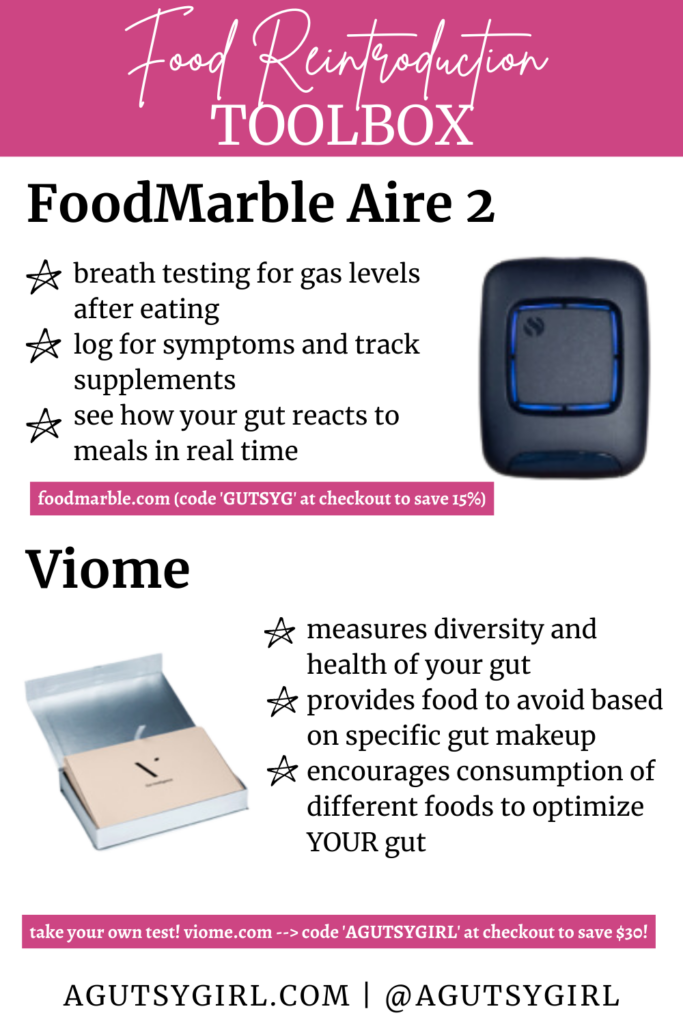
If you liked this post, you might also enjoy:
Xox,
SKH
🤰 bloating be gone! weight loss through optimal gut health for women
💃ʜᴇᴀʟ ʏᴏᴜʀ ɢᴜᴛ. ʜᴇᴀʟ ʏᴏᴜʀ ʟɪfe.
🫶🏻 founder gutbyome.com

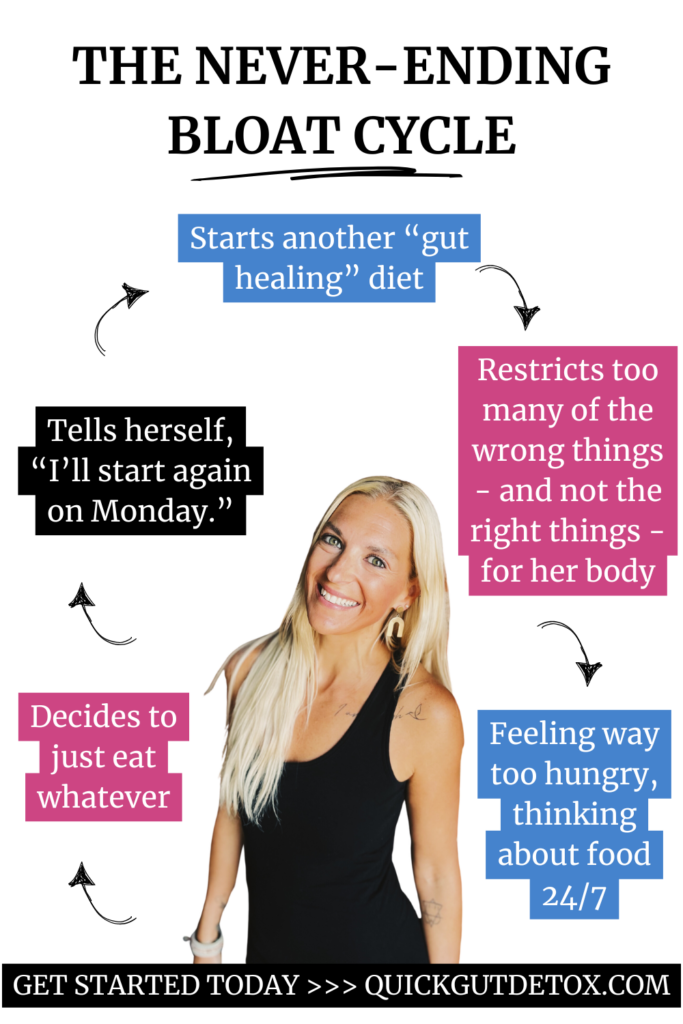
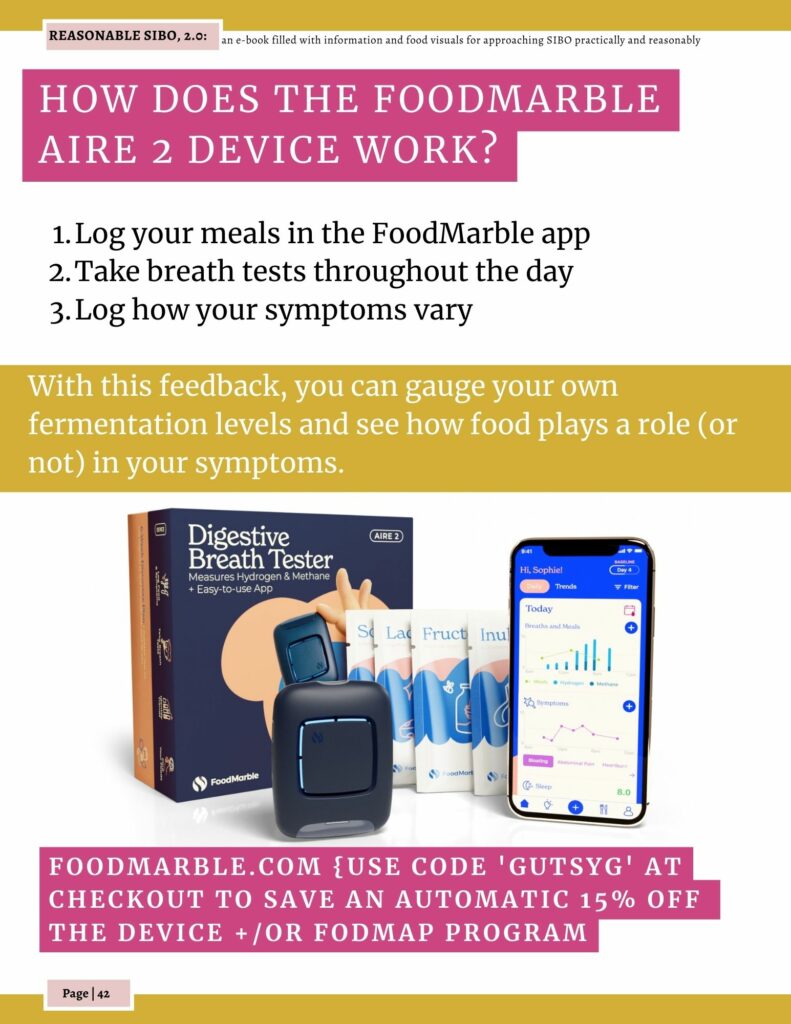
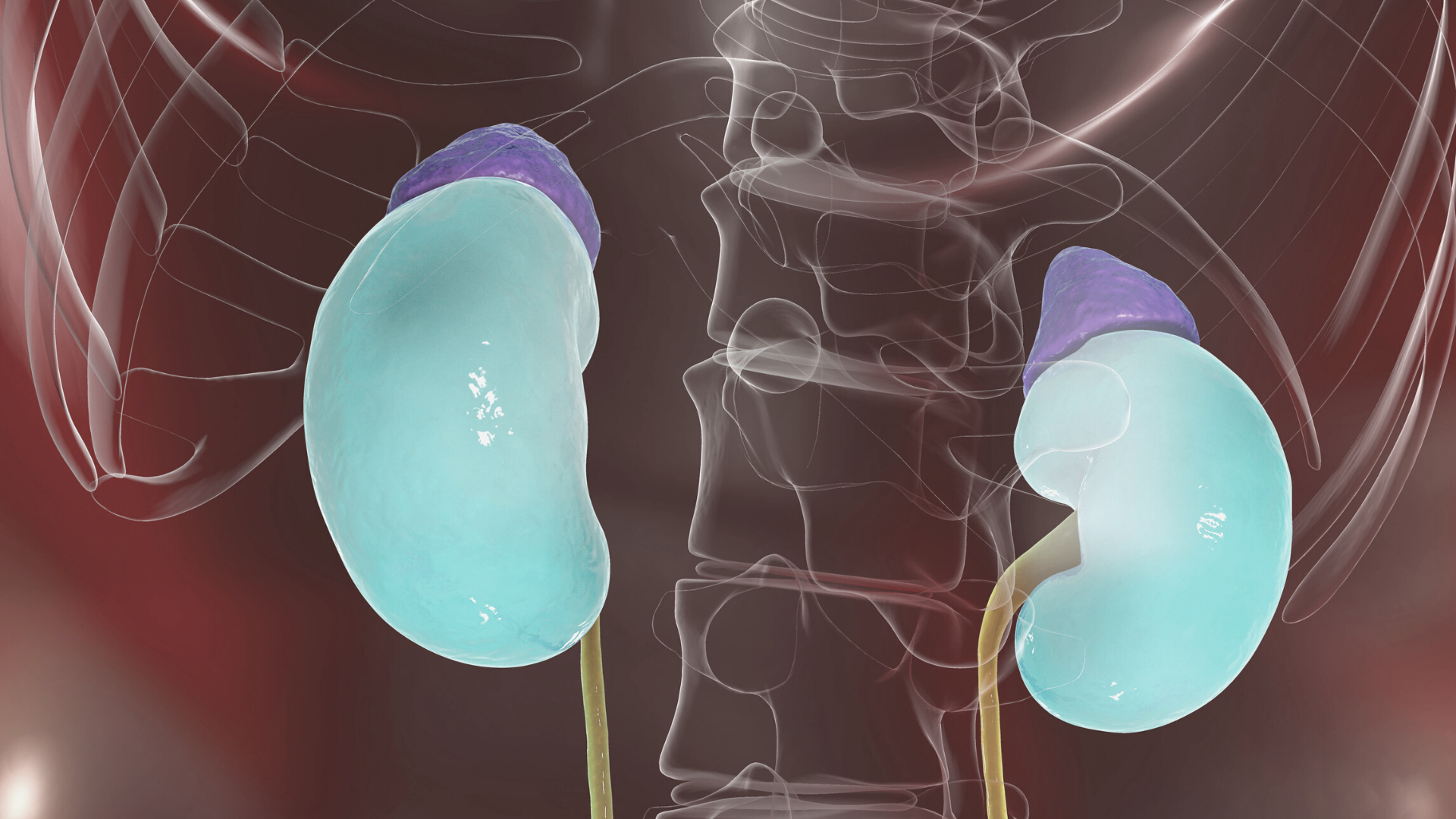
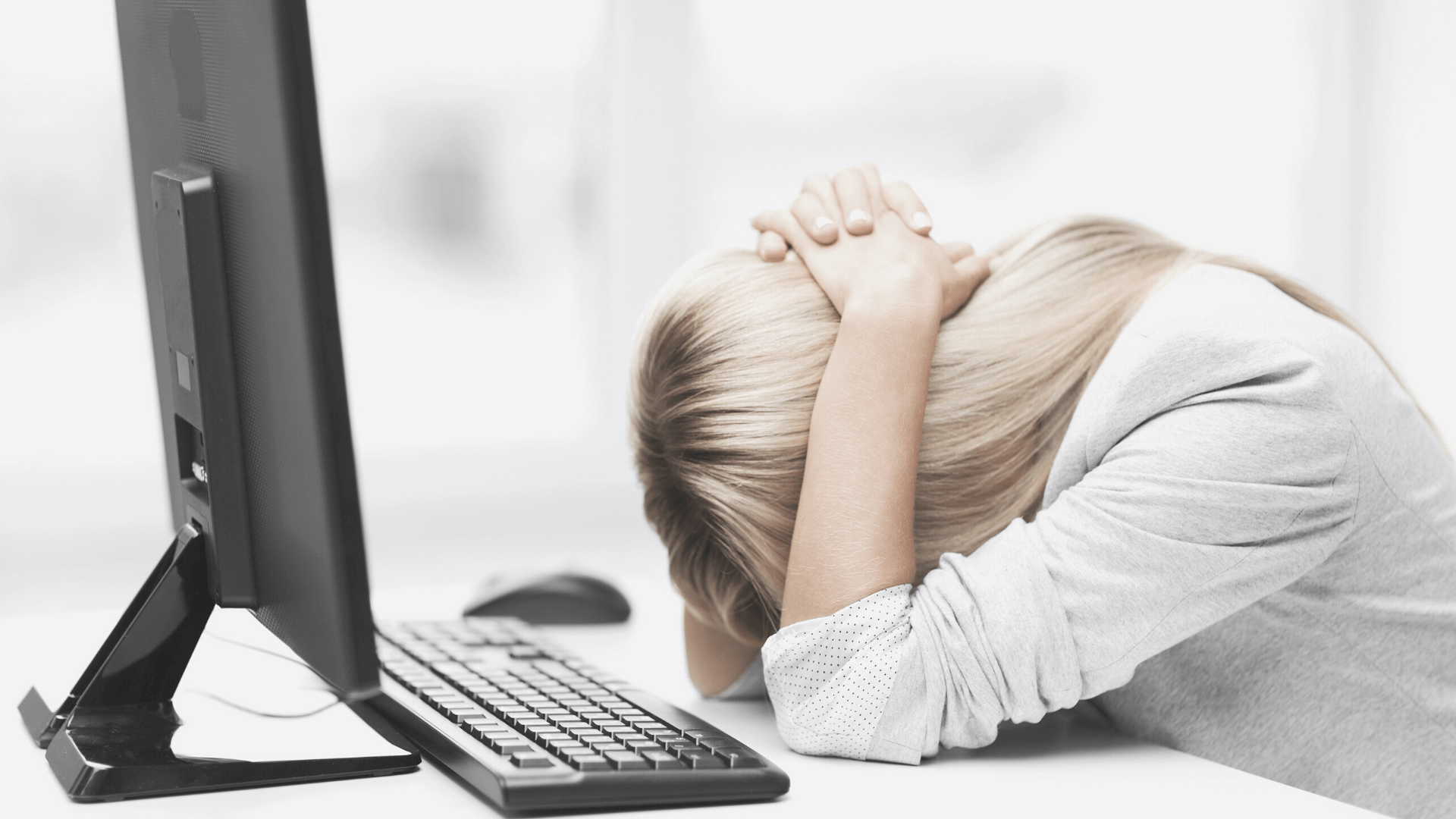
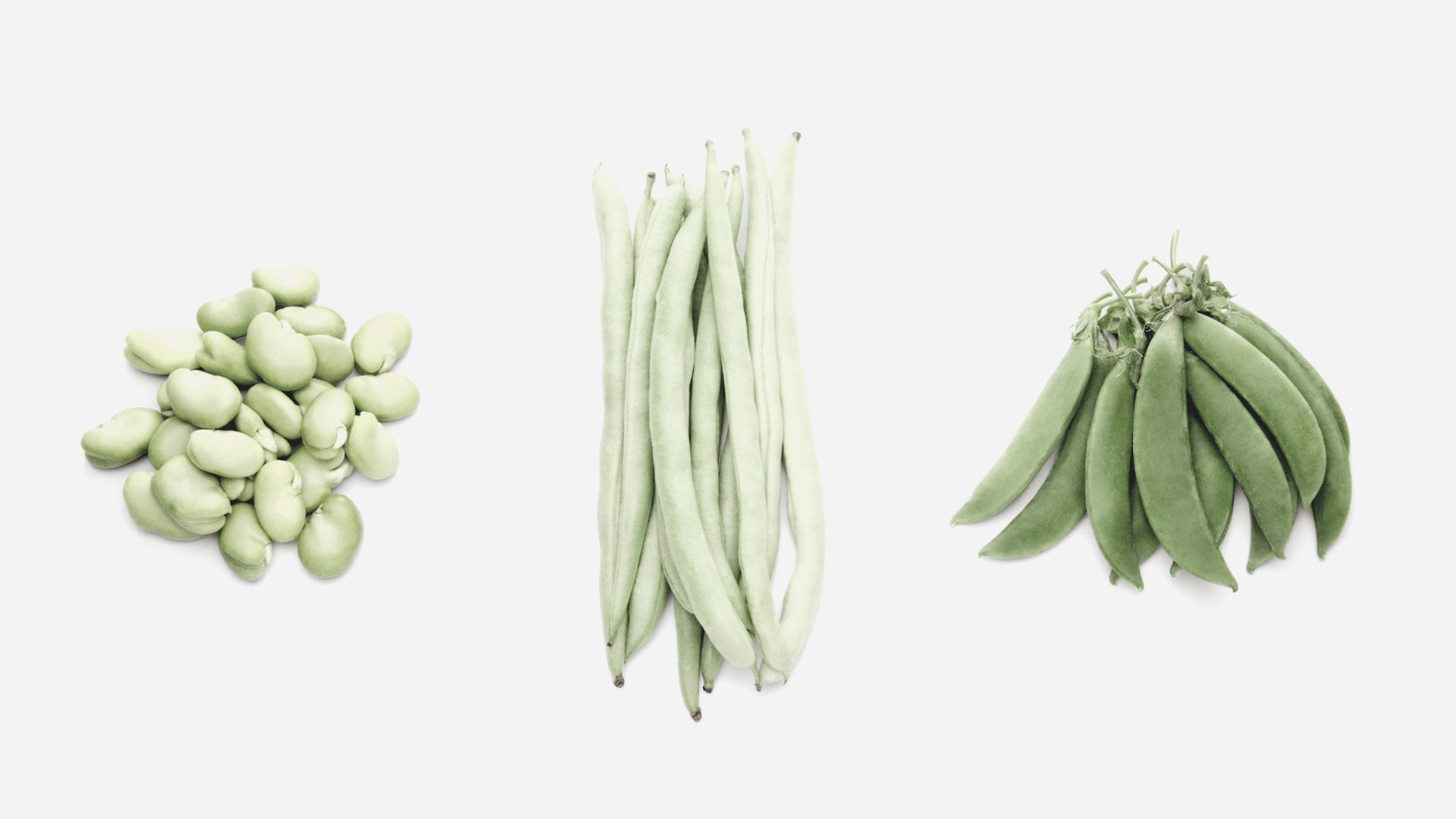

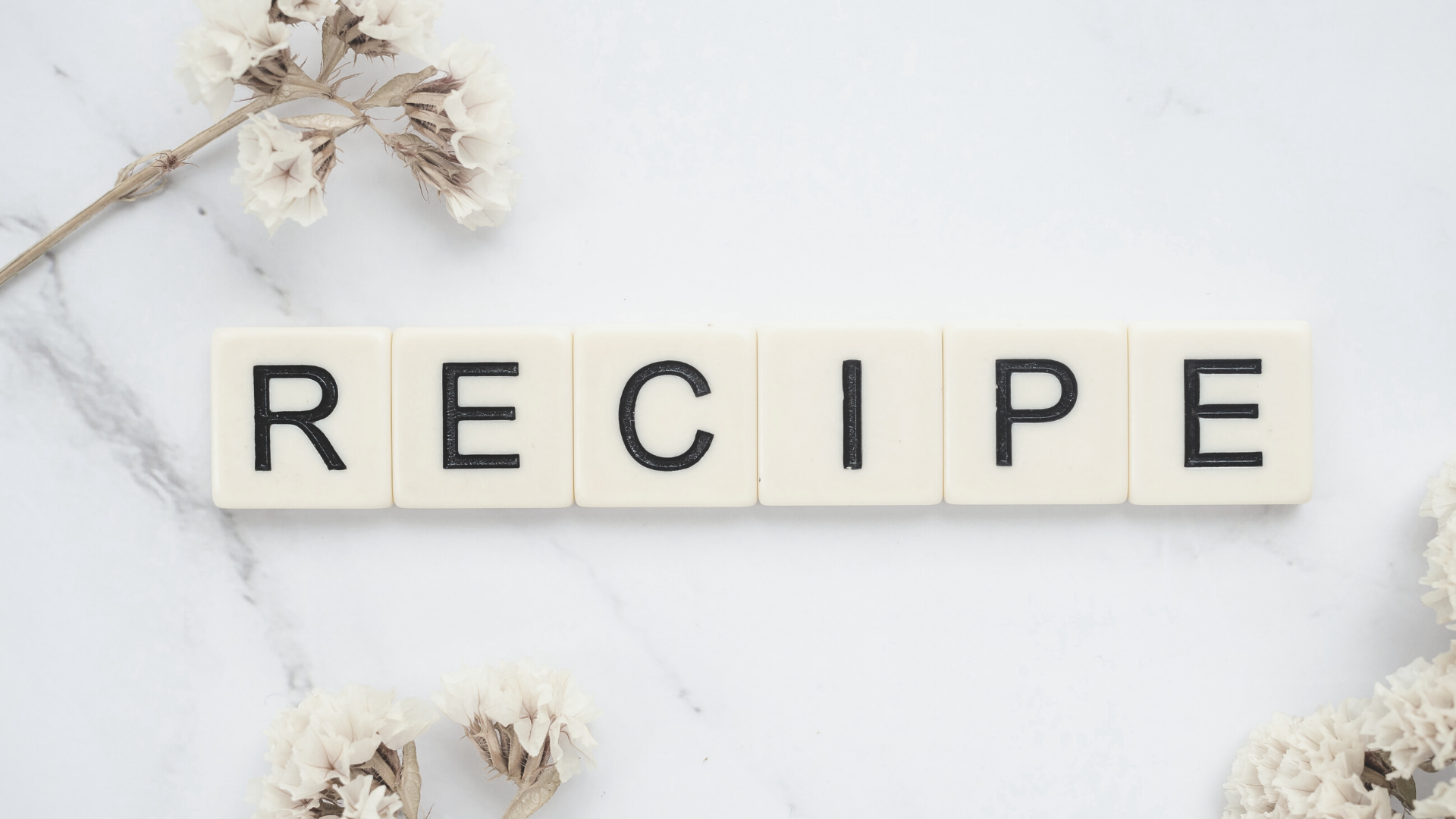

I was diagnosed with SIBO (methane) 2 years ago. I eliminated all high fodmaps snd tried several rounds of different supplements from naturopath. SIBO never fully went away but last 4 months have gotten worse with bloating. I just pulled a muscle in my neck shoveling and doctor put me on steroid, anti-inflammatory and a muscle relaxer. All because I was in so much pain. I know these are terrible for gut health. Any recommendations to get through this? I’m in Chicago and can’t find my alternative health provider so I would love your advice. Thank you!
Hi Vicki – Hugs to you. I know the frustration. There are a couple things I might recommend looking into: 1. Read this post –> https://agutsygirl.com/2019/02/13/side-effects-of-antibiotics-and-rebuilding-the-gut/ and then 2. If supplements, diet, and lifestyle did not work, consider the SIBO antibiotics. You’ll need to go back to your doctor to get them, but Rifaximin and Neomycin are typically prescribed for Methane-dominant SIBO. I have an entire e-book with SIBO information called, “Reasonable SIBO.” Hope this helps!